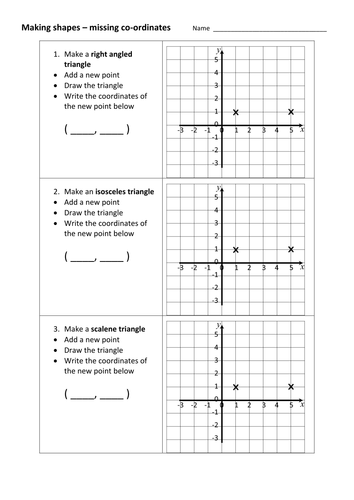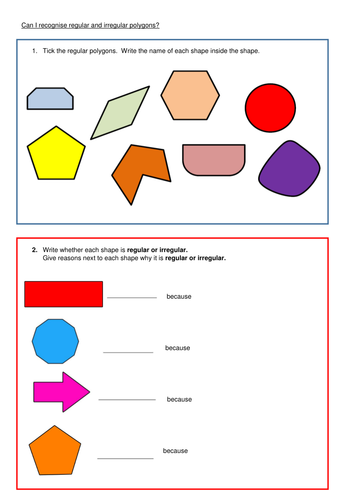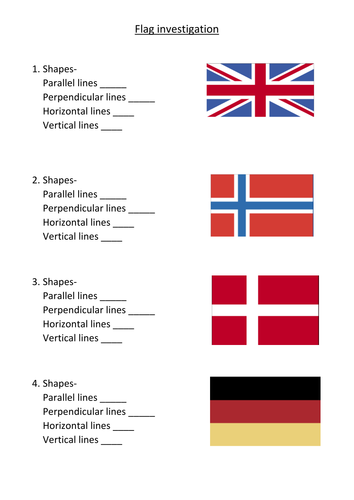Geometry
In these chapters, pupils will classify shapes with increasingly complex geometric properties and learn the vocabulary needed to describe them.
To begin with, pupils will develop their ability to recognise, describe, draw, compare and sort different shapes using appropriate vocabulary. As they progress, pupils will draw shapes with increasing accuracy, develop the mathematical reasoning required to analyse them and their properties, and confidently describe the relationships between them.
The study of geometry offers pupils an opportunity to reinforce and extend their understanding of number and measurement, especially as they use measuring instruments with increasing accuracy.




